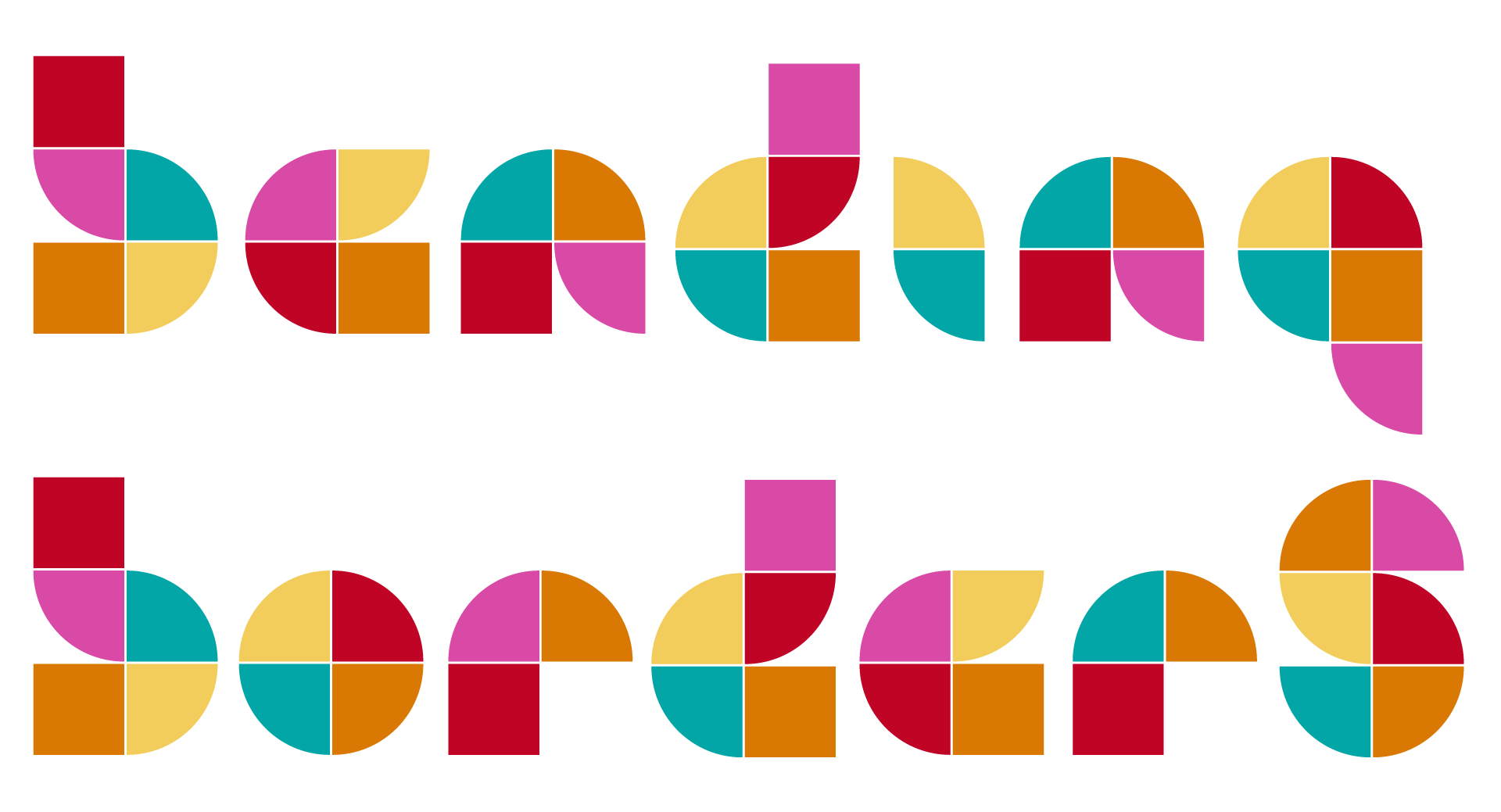In today’s interconnected world, understanding unique global perspectives is more crucial than ever. This concept encompasses the ability to view situations, cultures, and challenges through diverse lenses, offering fresh insights that transcend borders. Whether in education, research, or professional settings, cultivating a global perspective allows individuals to navigate complex environments with empathy and clarity. This article delves into the definition, importance, and practical applications of unique global perspectives, exploring examples, essential skills, and real-world implications. From cross-cultural comparisons to the role of organizations like AICE, we’ll examine how these perspectives shape our understanding of the world and inspire meaningful change.
Key Takeaways
– Understanding the Global Perspective: Gain insights into interconnected domains like Ethics, Economics, Environment, Technology, and Politics & Culture, offering a comprehensive view of the world.
– AICE Global Perspectives Program: Engage in research, presentations, and exams to develop critical thinking, communication, and cross-cultural understanding.
– Cultural Exploration Opportunities: Connect with diverse perspectives through partnerships like Bending Borders, fostering empathy and mutual respect.
– Enhanced Skills and Benefits: Strengthen your global awareness, critical thinking, and communication skills while contributing to meaningful global discussions.
– Actionable Steps: Visit AICE Global Perspectives to enroll and embark on your journey of intellectual growth and cultural exploration.

Examples of Global Perspectives
A global perspective encompasses a wide array of viewpoints shaped by cultural, social, economic, and political factors. Here are several examples that illustrate the diversity of global perspectives:
-
Cultural Differences in Aging
Various cultures have distinct approaches to aging. For instance, Japan emphasizes filial piety and longevity, while Western societies often focus on retirement and independent living.
-
Economic Systems Comparison
Global perspectives also differ in economic systems. While capitalist economies prioritize individualism and entrepreneurship, socialist systems emphasize collective welfare and equality.
-
Healthcare Systems Across Nations
Global perspectives on healthcare vary significantly. Countries like the United Kingdom have universal healthcare systems, while others rely on private insurance models.
-
Sustainable Energy Practices
Energy consumption patterns reflect global perspectives. Europe is increasingly adopting renewable energy sources, whereas some regions continue to rely on fossil fuels.
-
Diverse Social Norms
Public behavior varies greatly depending on cultural norms. For example, public displays of affection are common in some cultures but frowned upon in others.
Understanding these differing perspectives fosters empathy and helps bridge cultural gaps. By exploring these examples, we gain insight into how people perceive the world through various lenses.
What Are the 5 Skills in Global Perspective?
The concept of global perspective encompasses a broad range of skills that enable individuals to understand and engage with the world beyond their immediate surroundings. These skills are essential for fostering cross-cultural understanding, empathy, and effective communication in an increasingly interconnected world.
1. Analysis
- Breaking down complex global issues into manageable components.
- Evaluating evidence and arguments from diverse perspectives.
- Identifying patterns and connections between local and global challenges.
- Developing critical thinking to assess the reliability and validity of information.
2. Collaboration
- Working effectively with people from different cultural backgrounds.
- Participating in team projects that involve global stakeholders.
- Communicating clearly and respectfully across linguistic and cultural barriers.
- Adapting strategies to suit the needs of diverse teams and communities.
3. Communication
- Expressing ideas clearly and persuasively in diverse contexts.
- Using non-verbal cues appropriately in cross-cultural interactions.
- Facilitating discussions that encourage open dialogue and mutual understanding.
- Employing digital tools to enhance global communication efforts.
4. Evaluation
- Assessing the quality and reliability of information sources.
- Identifying biases and limitations in media reports and scholarly articles.
- Evaluating the effectiveness of global policies and initiatives.
- Making informed judgments based on empirical evidence and reasoned argumentation.
5. Research
- Gathering information from a variety of credible sources.
- Conducting systematic investigations on global topics.
- Using academic databases, news archives, and governmental reports.
- Interpreting data to draw meaningful conclusions and recommendations.
These skills are foundational for anyone aiming to contribute positively to global challenges and opportunities. By mastering these competencies, individuals can better navigate the complexities of our interconnected world and drive meaningful change.
Explore Global Insights

Example of a Global Perspective in Sociology
A global perspective in sociology involves examining social phenomena through an international lens, considering how factors like economics, politics, culture, and history influence human behavior and societal structures across borders. One example is the study of migration .
Migration is often studied from a global perspective because it transcends national boundaries and affects societies in complex ways. For instance, the movement of people from regions affected by conflict, poverty, or environmental disasters to wealthier nations highlights disparities in living standards and access to resources. This phenomenon has far-reaching implications for both origin and destination countries, shaping demographics, labor markets, and social policies.
By examining migration through a global lens, sociologists can uncover patterns and challenges that are not limited to a single country or region. For example, the impact of remittances from migrant workers on their home countries demonstrates how global economic systems intersect with local communities. Similarly, the integration of migrants into host societies raises questions about cultural identity, social cohesion, and the rights of displaced populations.
This approach underscores the interconnected nature of the modern world and the importance of understanding how global processes influence individual lives and collective well-being.

Themes of the Global Perspective
The global perspective encompasses a wide array of interconnected domains that shape our understanding of the world. Here are the primary themes that define this multifaceted view:
- Ethics :
- Examines moral principles and values across cultures, focusing on topics like human rights, sustainability, and social justice.
- Explores the intersection of personal ethics with societal norms, highlighting challenges and opportunities for ethical progress.
- Economics :
- Analyzes economic systems, policies, and behaviors from a global lens, considering factors like trade, development, and inequality.
- Evaluates the impact of global markets, financial systems, and economic theories on various regions and populations.
- Environment :
- Addresses environmental issues such as climate change, deforestation, and pollution, emphasizing global cooperation and sustainable practices.
- Discusses the balance between industrial growth and ecological preservation, advocating for international agreements and environmental awareness campaigns.
- Technology :
- Explores advancements in technology and its influence on society, economy, and daily life worldwide.
- Examines the role of digital transformation, artificial intelligence, and renewable energy technologies in shaping the future.
- Politics and Culture :
- Examines political systems, governance, and cultural practices across nations, exploring their historical roots and contemporary significance.
- Highlights the interplay between political ideologies and cultural expressions, influencing global communication and interactions.
By integrating these themes, the global perspective provides a comprehensive framework for understanding the interconnectedness of various disciplines and their collective impact on humanity.
AICE Global Perspectives Overview
AICE Global Perspectives is a thought-provoking program designed to broaden students’ horizons through meaningful exploration of global and local issues. The initiative encourages critical thinking, empathy, and cultural awareness by providing opportunities for research, collaboration, and expression.
Program Components
- Research Paper: Students conduct in-depth analysis on global challenges, cultural practices, or social issues. This component fosters analytical skills and academic rigor.
- Presentation: Participants present their findings to peers and mentors, fostering communication skills and confidence in sharing ideas.
- Written Exam: A final assessment evaluates students’ understanding of complex topics and their ability to articulate insights effectively.
Cultural Exploration
AICE Global Perspectives partners with platforms like Bending Borders to connect students with diverse perspectives. Through shared stories and experiences, participants gain insight into different cultures and global phenomena, promoting mutual respect and understanding.
Competitor Insights
While there are several educational programs aimed at global perspectives, AICE stands out for its holistic approach. Competitors may offer similar components, but AICE emphasizes the integration of research, presentation, and examination for a well-rounded learning experience. Explore more about comparable programs at Competitor Examples .
Benefits
- Enhanced critical thinking and problem-solving abilities.
- Global awareness and cross-cultural understanding.
- Strong communication and presentation skills.
- Opportunity to contribute to meaningful global discussions.
Getting Started
Visit the official AICE Global Perspectives website at AICE Global Perspectives to enroll in the program and begin your journey of intellectual growth and cultural exploration.

What is a Global Perspective?
A global perspective refers to the ability to see the world through a broad lens, understanding diverse cultures, traditions, and societal norms. It involves recognizing the interconnectedness of different regions and how global events impact local communities. This mindset encourages empathy, adaptability, and open-mindedness, allowing individuals to navigate complex social and economic landscapes effectively.
Developing a global perspective is essential in today’s interconnected world. Whether in business, education, or personal life, understanding global dynamics fosters innovation, collaboration, and informed decision-making. It enables individuals to connect with others across borders, appreciate differing viewpoints, and contribute meaningfully to global challenges.
Examples Across Different Fields
- Business:** Understanding global market trends, consumer behaviors, and regulatory environments helps companies expand internationally and adapt to diverse customer needs.
- Education:** Studying global issues like climate change or public health allows students to gain insights into how these challenges vary across countries and cultures.
- Personal Growth:** Traveling, learning foreign languages, or engaging with people from different backgrounds enriches ones’ worldview and deepens their appreciation for diversity.
The Importance of a Global Perspective
A global perspective fosters cultural awareness and international understanding. It helps individuals see how their actions can impact others worldwide and encourages responsible global citizenship. By embracing this viewpoint, people can bridge cultural divides and work toward creating a more inclusive and harmonious world.
Challenges in Developing a Global Perspective
While a global perspective offers numerous benefits, it also presents challenges. Cultural differences, communication barriers, and conflicting values can sometimes lead to misunderstandings. However, being mindful of these challenges allows individuals to approach global interactions with greater sensitivity and effectiveness.
Conclusion
Developing a global perspective is a journey that requires curiosity, openness, and continuous learning. It empowers individuals to see the world from multiple angles, fostering empathy and collaboration. By embracing this mindset, we can tackle global issues more effectively and build a more connected, compassionate world.




0 Comments